I visited Sarasota this past weekend. The occasion was a spectacular wedding weekend for dear Amy–a lovely young woman I’ve known since her birth and my youngest daughter’s best friend when they were little–and her very wonderful Frances. A real love story with two human stars and a fairytale wedding.
But, apparently, even during several days of back-to-back festivities, I can’t help but notice trees.
First Palm-tree Memory
Departing from the Tampa International Airport in our rental car Friday, I was reminded of my first-ever trip to Florida. In my sophomore summer of high school, my church youth group headed off from Livonia on an overnight Greyhound Bus bound for St. Petersburg.
I’d grown up seeing my grandparents’ slides of their visits to Florida. Nonetheless, the two most surprising discoveries on my first visit to the state were that 1) palm trees grew “wild” all over the place and, 2) even in Florida, they still didn’t look real. At least, not to this Michigander.
Busch Gardens
After spending a night in a St. Pete Presbyterian church’s basement, we visited the Busch Gardens. At the time–the late 1960s (which is “the when” you will be transported to via the “Busch Gardens” hyperlink above)–it was a tropical garden overrun with different varieties of palm trees.
(Did you know there are 2,500 species of palms, almost all of which can be grown in Florida?)
I don’t recall Busch Garden having amusement park rides, nor, obviously, were we–young Presbyterians all–offered samples at the Anheuser-Busch beer garden. We must have toured the brewery with cool Reverend Lovick. (The brewery was the impetus for the “family entertainment center” in 1959; the rides were added later.)
Seems sort of an odd field trip for this particular group.
Jamaica!
Next, we flew (my first plane flight) from Tampa International to Kingston, Jamaica. The palm trees did look real to me there. Like they belonged in Jamaica.
Maybe it was because we were staying and working in the midst of them. We were outside the city. The part of the country where we were was beautiful. And not yet developed.
Our mission was to paint a tiny, newly-built chapel at the top of a very steep mountain path in the Blue Mountains. At the bottom of that steep mountain trail was saltwater. After every hot day of painting, we flew down that steep trail to that ocean beach. Also at the other end of that trail was a story about how saltwater and sun did not mix well with the solvent we were given to remove the oil-based paint we were covered with by that time every day.
But that’s another story.
Florida Aplenty
My next trip to Florida might have been our first of two trips to Orlando’s Disney World, which bookended a trip to Naples, Florida to visit my husband’s aunt when our girls were still young. Then to the oldest’s college boyfriend’s family’s Palm Island, Florida home.
Later, when my oldest daughter studied marine biology, I made a number of visits to Florida: when she was doing an internship at Mote Marine Lab on Longboat Key and to Miami when she was at Florida International University, where she met her husband-to-be and earned her Master’s in Marine Biology.
After she graduated, we walked down Lincoln Road to get family tattoos. But I digress.
Let’s just say, I have spent time in Florida. Plenty of time.
What Are They?
On this visit, however, by the time we were on our way south to Sarasota and had crossed the Tampa Bay on the Sunshine Skyway Bridge–which was having its cables repainted with a fresh coat of their bright taxicab yellow–I was looking for repeats of two unusual-looking trees I’d never noticed before in Florida. Or seen anywhere else. Until on this drive.
I found myself scanning the nearby side-of-the-expressway treeline for two arboreal stars: a tall, sparse-but-blobby, very unusual-looking evergreen tree. And in residential areas closer to the highways, vibrant pops of purple on some trees with wide-spreading crowns. These few scattered trees looked like they were entirely purple.
The “Purple Pops” ID-ed
After I’d seen a few of the purple trees, I performed a simple search on my phone: “What tree bears purple blossoms blooms in early May in the Tampa area?”
Google responded with a number of hits. All of them agreed. What I was seeing were jacaranda trees.
The Jacaranda Tree
The jacaranda (Jacaranda mimosifolia) is a deciduous tree that has long-lasting, vivid lavender, bell-like flowers, and fern-like leaves (see the photo above).
The jacaranda is native to northwestern Argentina and southern Bolivia. In the U.S., the jacaranda only thrives in the southern parts of California and Florida, and in some parts of Texas. And, apparently, in Hawaii, where they are classified as invasive. I saw a number of them in neighborhoods along the expressways between Tampa and Sarasota.
For its first few years, the tree grows 10 feet a year! But the jacaranda doesn’t start flowering until it’s between seven and 14 years old. The tree grows from 50 to 60 feet tall and has dark wide-spreading branches.
The Evergreen ID-ed
My Michigan friend David O. brought up the hoop pine in conversation shortly after I arrived on the rooftop of the Westin for Cinco-de-Mayo margaritas. David apparently knows me well enough to suspect I’d be interested in this unusual pine. He was surprised that I noticed it, and I was pleased he knew what it was.
David and his wife Barbara–the latter of whom volunteers both at the Belle Isle Conservatory and the Downton Sarasota Marie Selby Botanical Gardens–have a home Up North in Charlevoix as well as in the Detroit area. On the weekend, we visited them at their new winter place: a condo in Sarasota.
The Michigan-Florida arboreal contrast is strong if you’re someone who notices trees. David and Barbara are two people who do.
The Hoop Pine
The hoop pine (Araucaria cunninghamii) is not a “real” northern-hemisphere pine of the Pinus genus. It is, however, a member of the Araucaria genus, which could be considered a southern-hemisphere counterpart to the Pinus genus. This is Australia’s largest conifer. It is found in the dry rainforests (which receive 40 to 60 inches of annual rainfall) of New South Wales and Queensland, Australia, and in New Guinea.
In the picture below, the thin block to the left of the tree is the top of an apartment building. Tall! Can you see what I mean by “sparse but blobby”? So different than any evergreen tree I’ve ever seen.
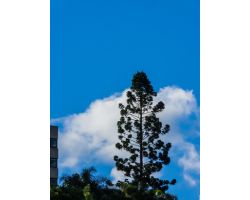
Your Mission, Should You Choose to Accept It
If you have the opportunity to leave your latitude or longitude in the coming vacation months, consider picking one particular thing in nature in which you’re interested. Could be trees or wildflowers, birds or butterflies, rocks or fossils, whatever you notice at home. And see what you notice about that particular thing in a place that’s not your home.
This noticing of yours may add extra pizazz–a few additional stars–to your travels. It did to mine. Enjoy!


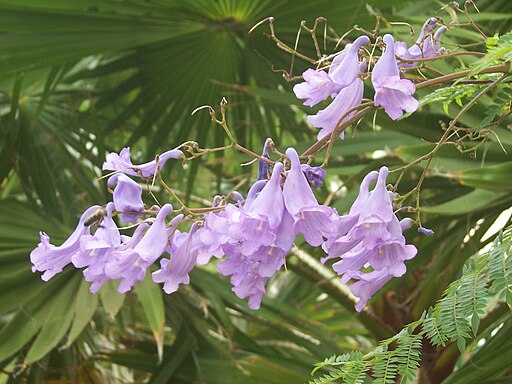
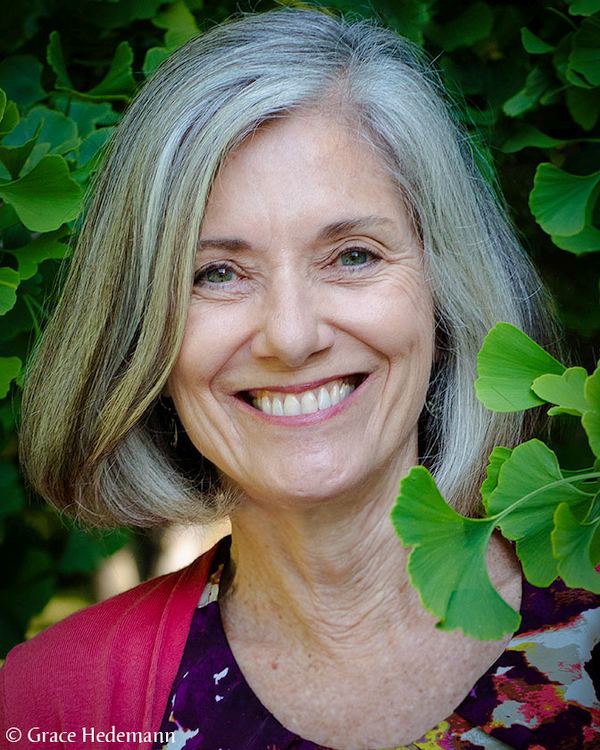
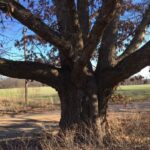
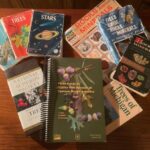
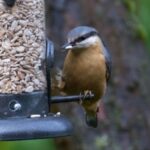
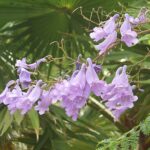
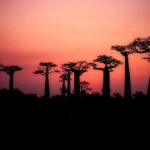
We must’ve overlapped in Florida! Phil and I were on St. Pete Beach and at my sister‘s condo while she’s hiking the Camino in Portugal. I will send you a picture of my mystery flower. The funny thing is I was getting a pedicure in Berkley before I departed. The Vietnamese owner, Mai, explained that girls in Vietnam were named for flowers, unpronounceable flowers for me. So, she goes by a pronounceable name for Americans. She described herself as a flower with long, yellow petals and pink things that stick out. I think I saw it in Florida.